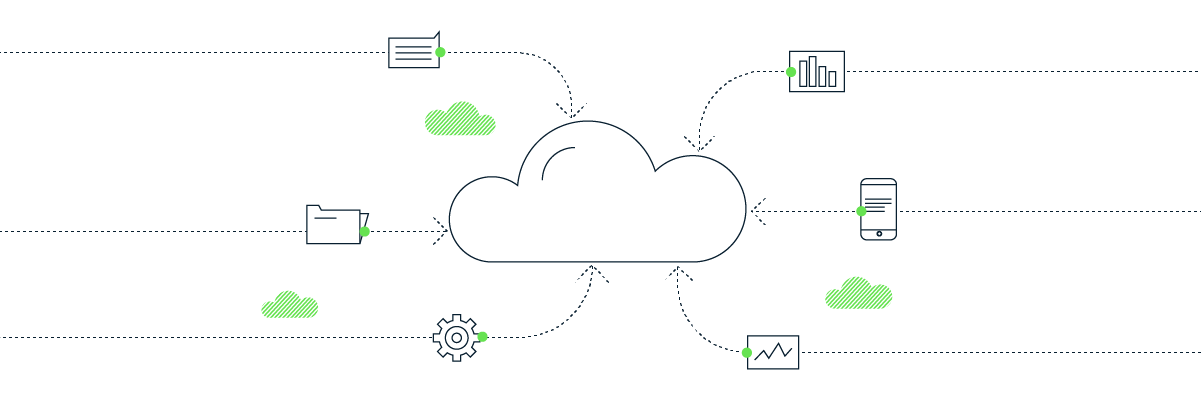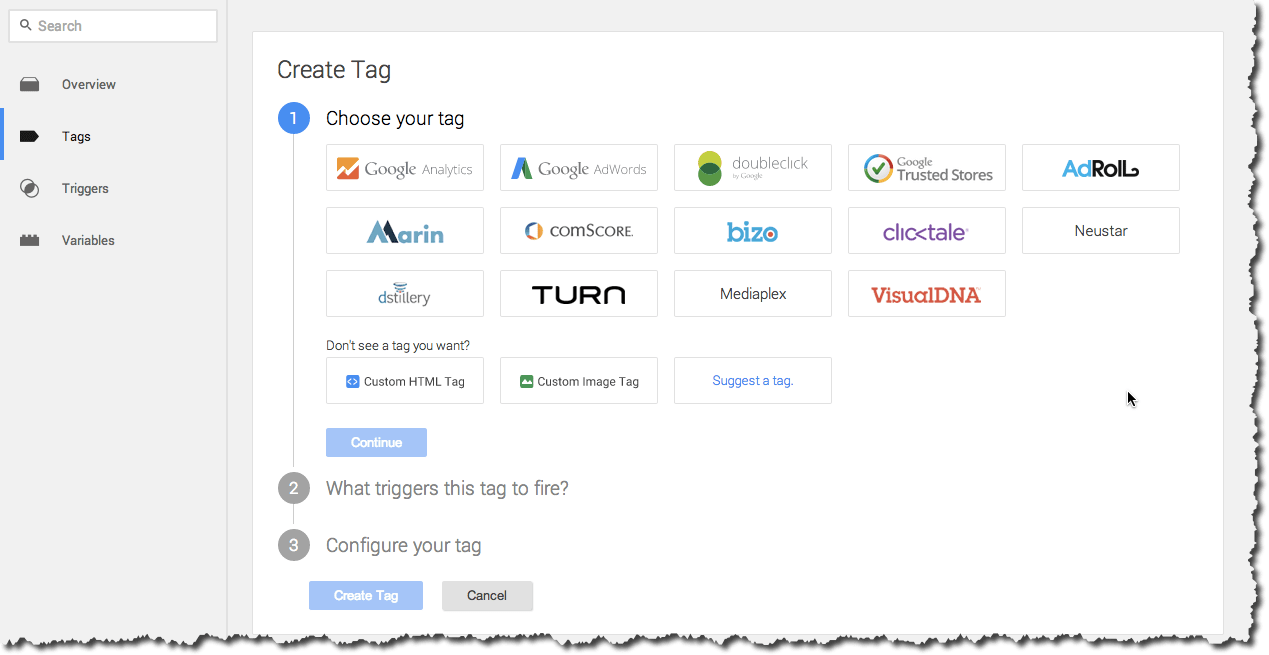Google Tag Manager overhaul released as public beta – new interface, features and API
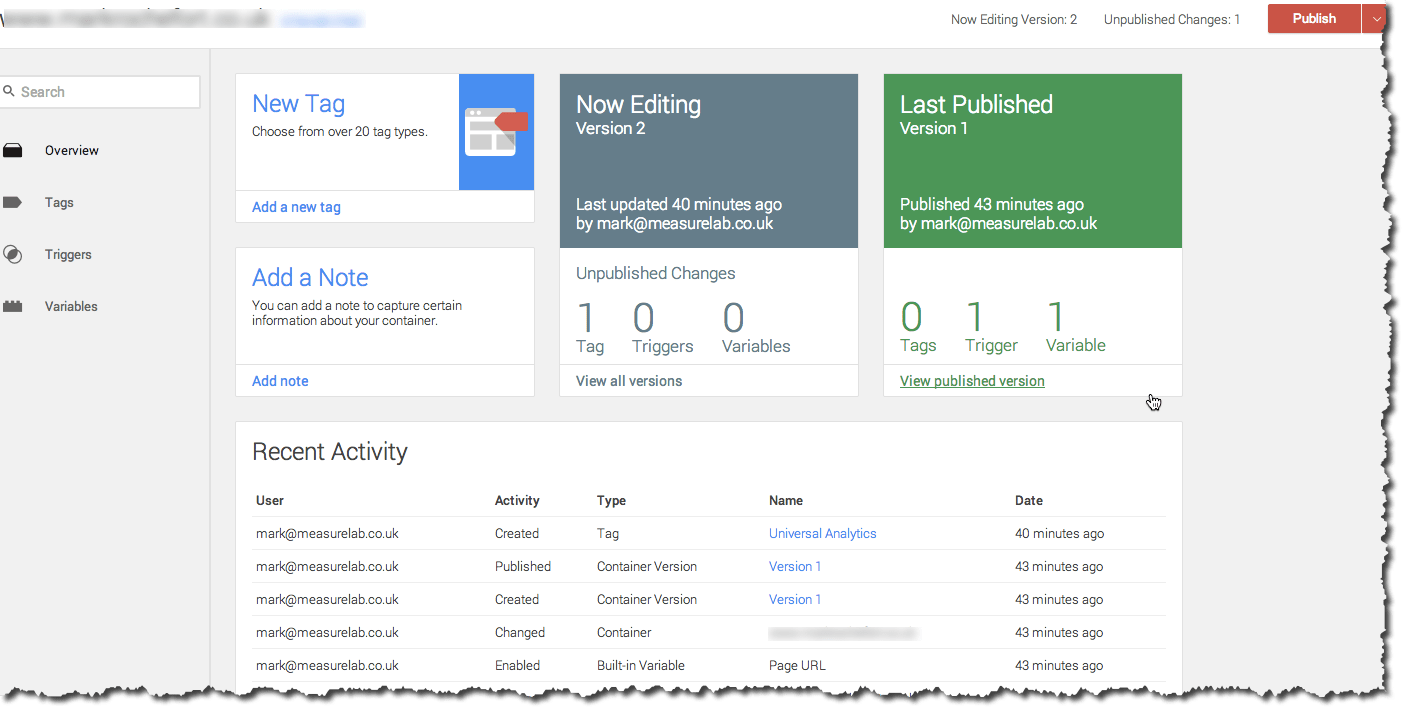
Things move fast in the digital world. Even more so when the might of Google is behind a product. Even so, a complete overhaul of the Google Tag Manager interface is quite a leap – considering how accustomed we have become to seeing incremental changes in product development. This morning I was using Google Tag Manager as usual, this afternoon I noticed that an import/export feature had become available. That was great news in itself, as it opens up all sorts of possibilities – for example, linking tag container configurations to deployment procedures or starting new containers with base-level configurations. On digging into this new feature a little deeper I noticed that GTM was right in the middle of an update – with their much mentioned “v2” being released as a public beta. The import / export feature was a consequence of a much wider roll out – the tip of the containerberg, as it were.
Here’s how it looks:
So what’s new and what does it all mean?
New User Interface
If you are already using GTM (v1), you will still have to use the “old” User Interface for a few months (estimated January 2015) before your account and container all gets migrated over. You will have access to the import / export feature though (see below).
If you are creating a new account and container tag, you can go to the new public beta at tagmanager.google.com and start straight away! You will notice similarities with some Google Plus interface components and with the navigational layout more akin to that of Google Analytics. Everything is arranged in a much more colourful and informative way – following a visual grid for accounts and containers, allowing for more detail about each to be viewed at a glance. This is useful if, like us, you are managing many containers across many accounts. Within a particular container, the interface has also been updated, bringing recent activity to the fore to create a useful dashboard overview of the container.

Rules have been renamed “triggers” – and Auto-Event Listener Tags are not needed
Its not just a name change. Even though the function of “triggers” remains the same, how they are created has been broken into two steps: select a type (such as a page view, click or link click) and then apply a set of filters. The result is the same as the “rules” in v1 but in a much more ordered manner.
Furthermore, the cumbersome and frankly awkward Auto-Event Listener Tags are no longer needed in v2. Instead, if you select a “trigger” type to be a “click”, for example, then GTM takes care of the code insertion required to enable the auto-event listeners for that.
Macros have been renamed “variables” – and you get to choose which built-in ones you want to see
This makes a lot of sense – it encourages you to think of the returned output, rather than the function. If you create “variable” makes for a simpler naming convention for all to follow. Also, you get to choose which “variables” to show in the interface – meaning things don’t get cluttered up by all those system generated ones that kept appearing (e..g. “New History Fragment”) if you don’t need them.
Import / export Containers
As mentioned earlier – this is now available in v1 as well as v2 and can make life much simpler for those concerned with versioning, deployments or base-level configurations.
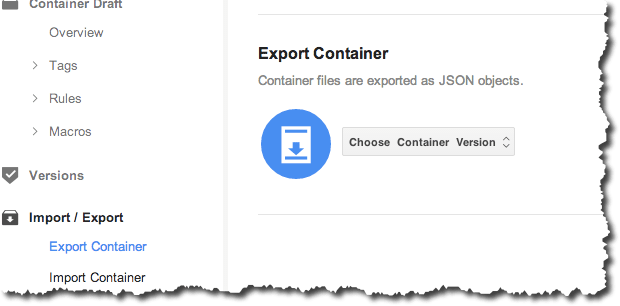
Getting happy with the API
My favourite feature by far and the one I’m itching to play with. The new Google Tag Manager API exposes configuration entities:
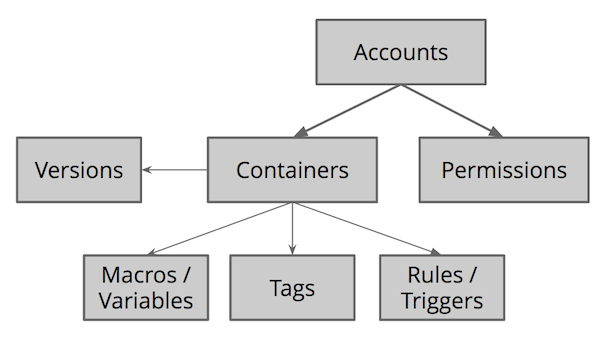
All of these things can now be managed programmatically via the API. This makes me happy 🙂
Features not yet added to the new interface
Before you get too keen, some features are not yet available in the new interface. They’ll be added before going from beta to full launch (before January 2015):
- Support for mobile containers
- Doubleclick integration and approval workflows
- Non-English translations of the user interface
Migrating to the new interface
“Soon” Google will be enabling the migration of v1 accounts and containers to the new v2 interface. In January 2015, all users will have their accounts and containers migrated to the new interface, after which the old interface will no longer be available.
Mark Rochefort

Subscribe to our newsletter:
Further reading
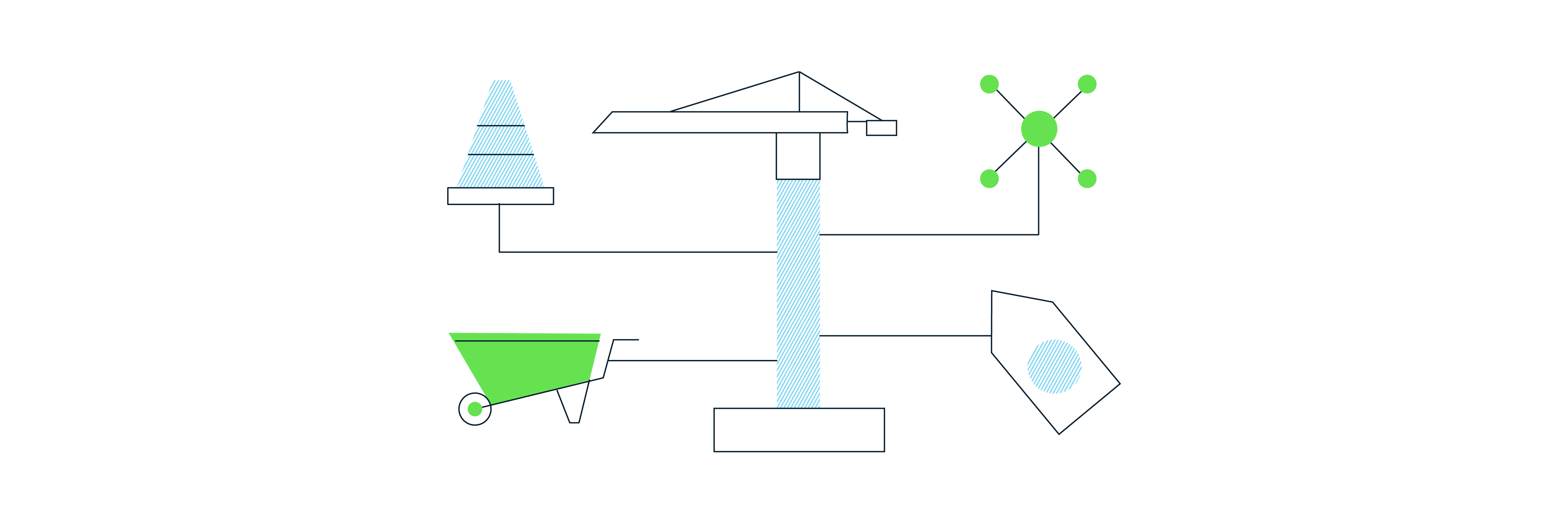
GTM’s new Google tag: one tag to rule them all

Backing up Universal Analytics data in BigQuery
